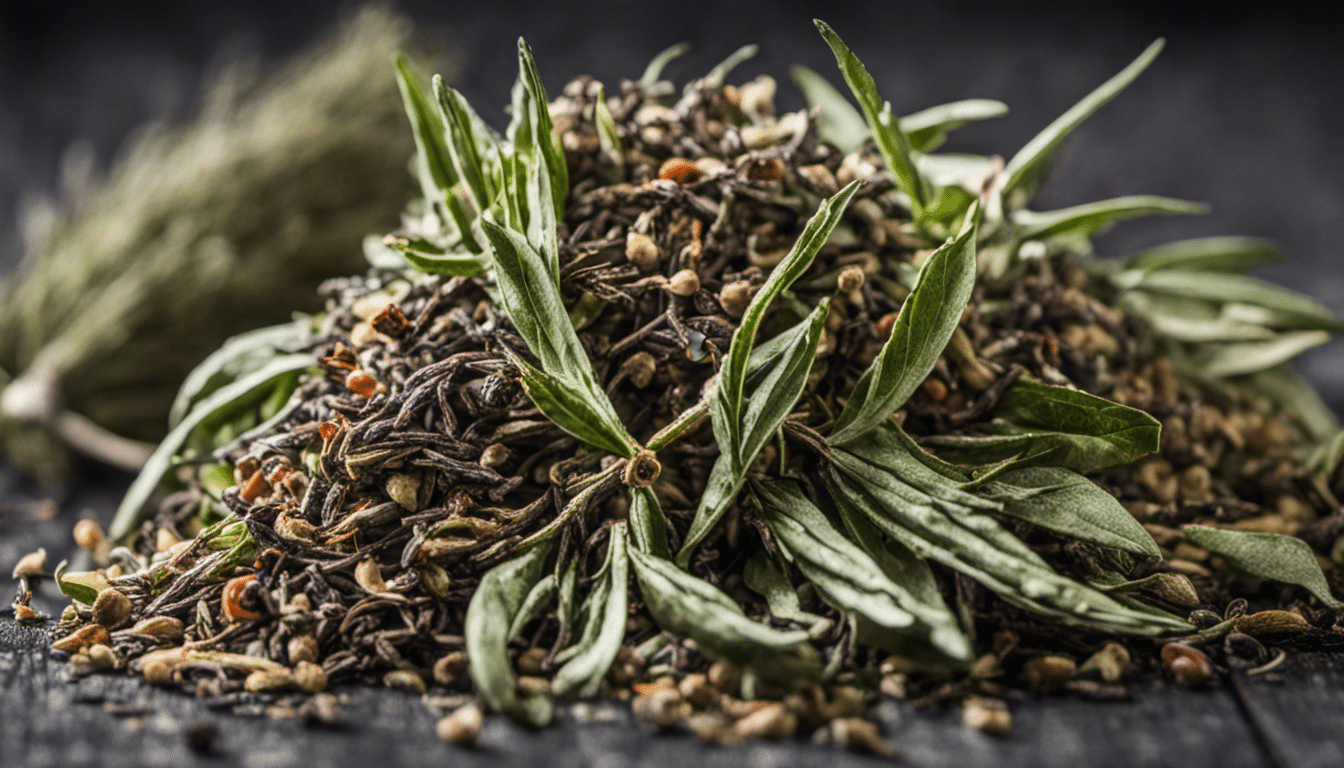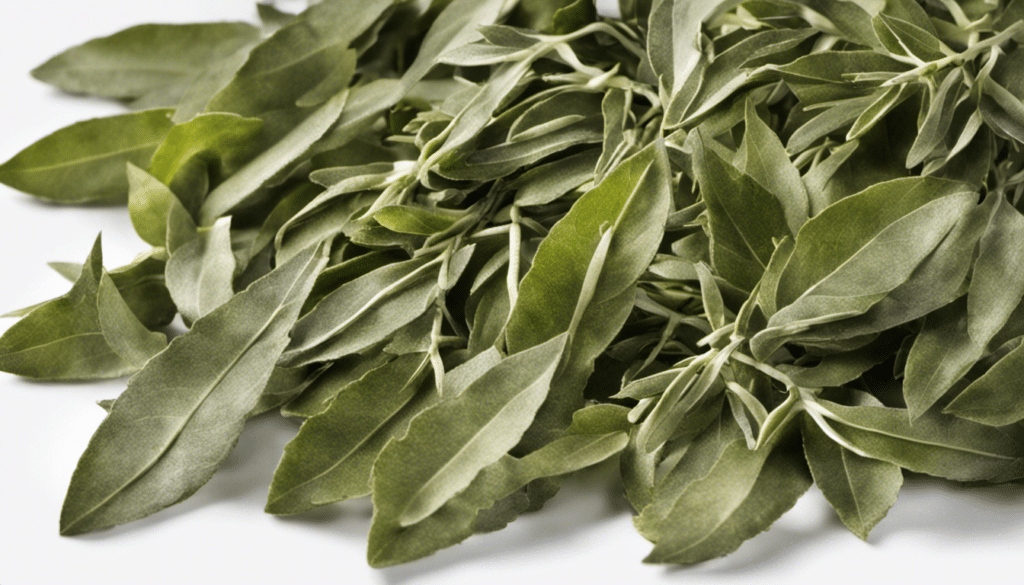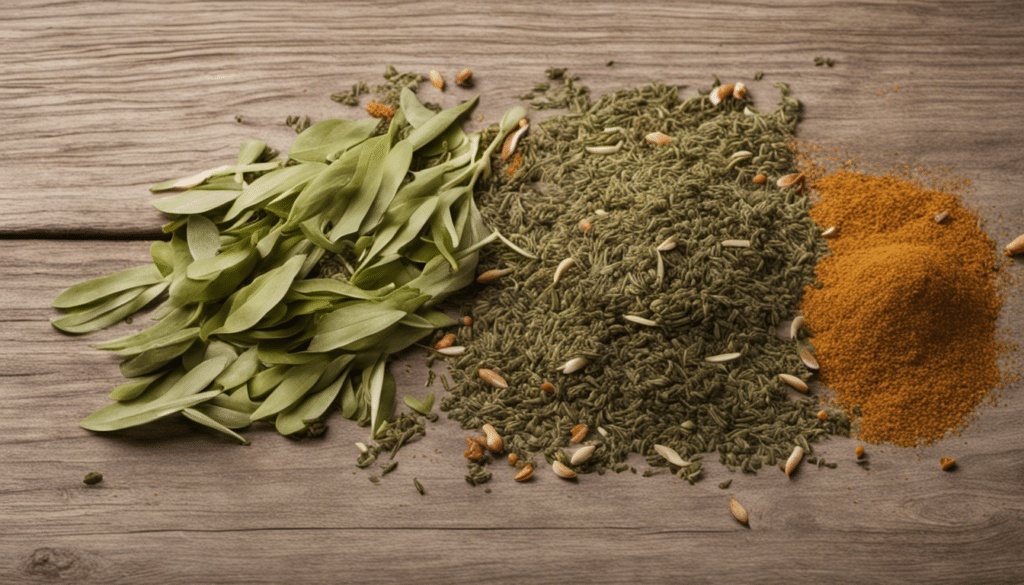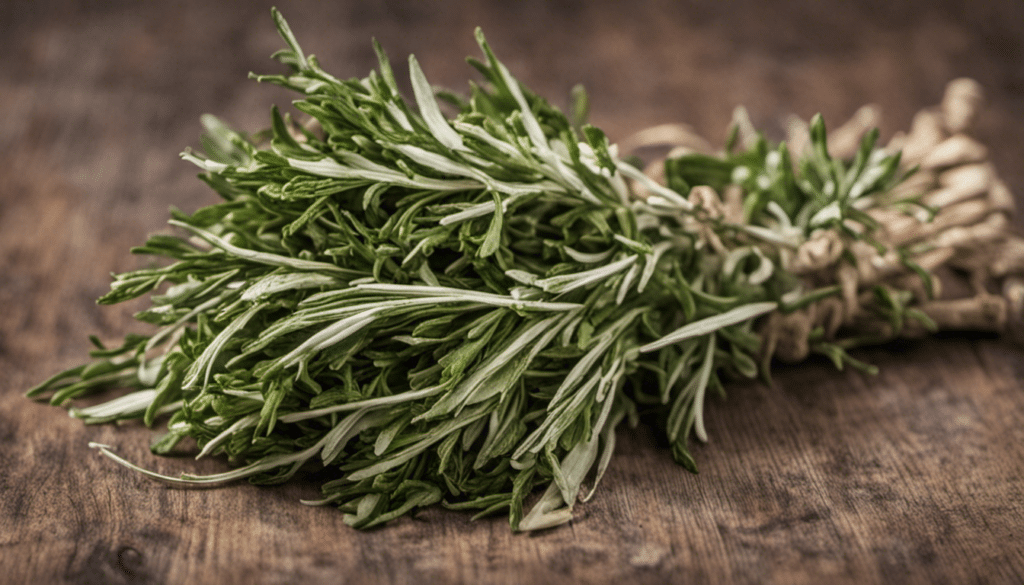Everything You Need to Know About Hyssop

A Glimpse into the Origins of Hyssop
Unfolding the story of Hyssop, it’s crucial to journey back in time, retracing its roots to Southern Europe. Specifically, this herb can be historically traced back to areas of the Mediterranean, finding its earliest uses amongst the Greeks and Romans. Widely famed for its unique aroma and flavorful characteristics, Hyssop has etched its name in the annals of ancient culinary practices and medicinal uses. Also known as Hyssopus officinalis, this perennial plant stands sturdy, clad with clusters of vibrant-blue blossoms and characteristic pointy leaves.
Hyssop’s Other Known Names
In the world of herbs and spices, it’s common for plants to be recognized by a myriad of names, and Hyssop is not an exemption to this. While its scientific name is Hyssopus officinalis, it’s also known by other names such as herb of grace, hyssop herb, or simply hyssop. Its variant names can be duly attributed to cultural influences and its diverse uses in different regions from culinary to medicinal, and even religious practices. The name ‘,hyssop’ in itself, can even be traced back to the Greek term ‘,hyssopos’, and the Hebrew equivalent ‘,ezob’, both denoting a ‘,holy herb’.
The Health Benefits of Hyssop
In addition to its culinary uses, Hyssop packs a myriad of health benefits. Rich in antioxidants, it can improve digestion, relieve respiratory conditions, and has antimicrobial properties. Its leaves are often used in decoctions for treating sore throats and coughs. There’s also emerging research indicating its potential influence in regulating blood pressure and blood sugar levels. It’s important to take note that while the benefits are promising, Hyssop should be used under guidance or supervision as it can trigger allergies in certain individuals. More about its medicinal value can be found on PubMed Central (PMC).
Hyssop in the Culinary World
In an exploration of flavors, you’ll find hyssop a fascinating addition to your culinary journey. With its slightly sweet, minty flavor, hyssop is a delightful herb to be incorporated in a variety of dishes. From stews to salads, it augments the flavor subtly, adding a nuanced complexity to the taste palette. Its versatility does not end there. The herb’s flowers make an aesthetic garnish, its leaves can be used to marinate meats, and its essential oil is used in liqueurs such as Chartreuse. Whatever the cooking technique or recipe, hyssop’s unique properties add that special gourmet touch that delights the senses.



